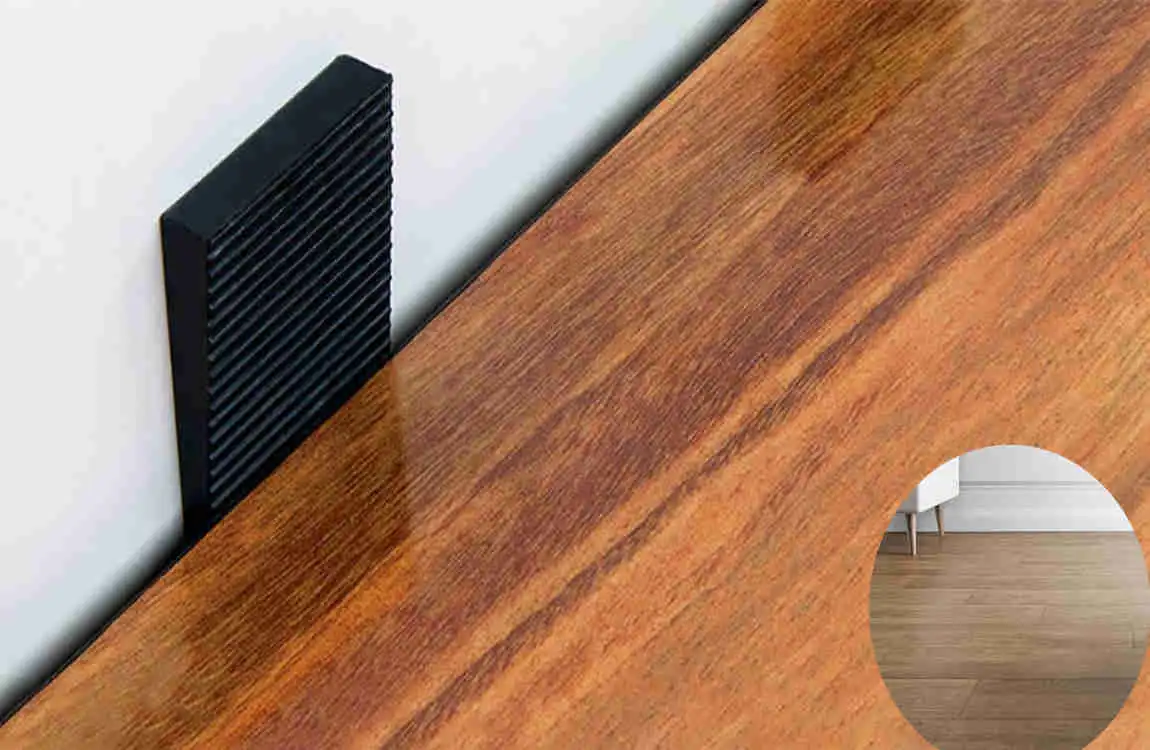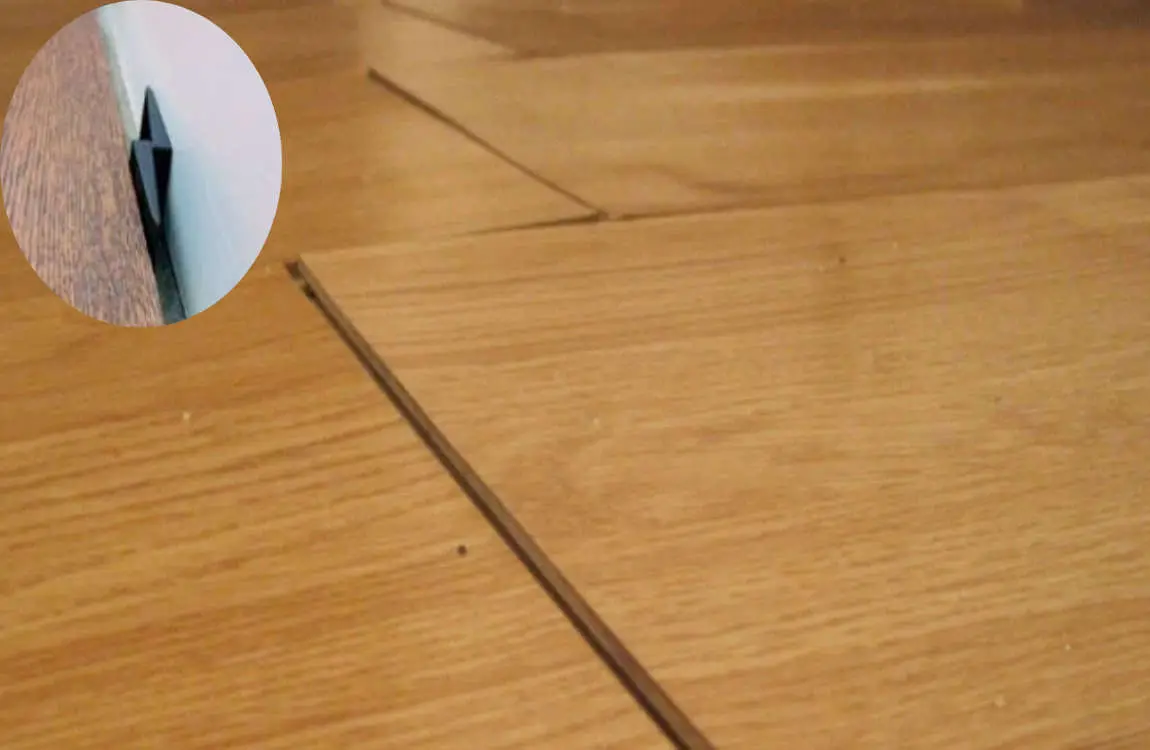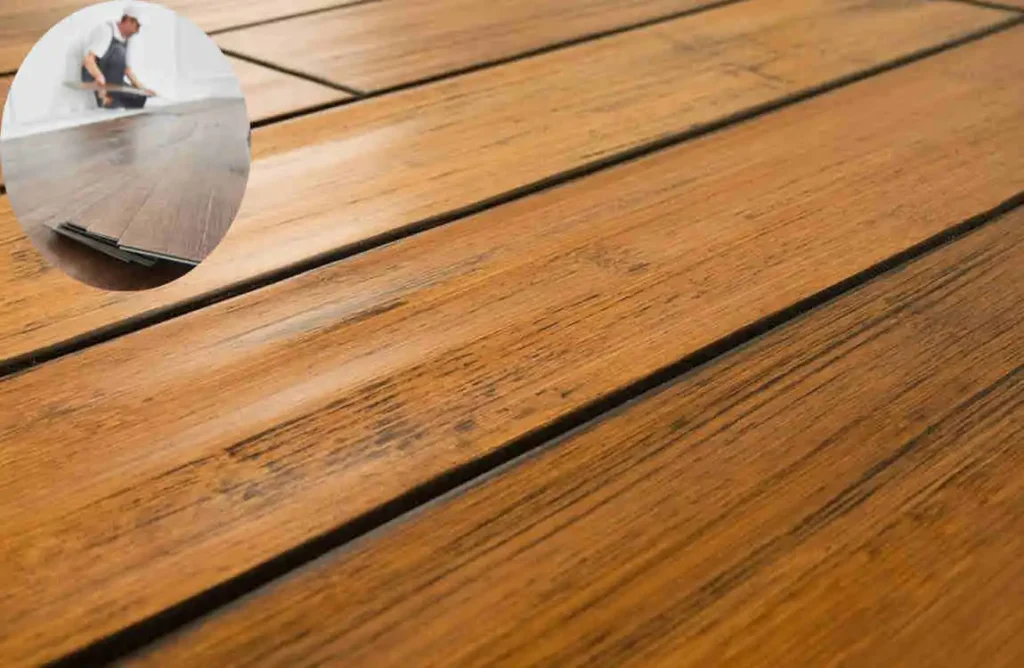Laminate flooring expands and contracts in response to changes in temperature and humidity in your home. Typically, laminate floors can grow by about 1/8 inch to 1/4 inch per 10 feet of flooring due to these environmental changes. To accommodate this natural movement and prevent buckling or warping, it is essential to leave an expansion gap around the edges when installing laminate home flooring. This gap allows the flooring to expand safely without causing damage.
Understanding Laminate Flooring and Its Properties

Laminate flooring is designed to mimic the look of natural wood, stone, or tile while offering durability and affordability. Its layered structure makes it resilient against scratches, stains, and fading.
The top layer features a protective coating that enhances its longevity. Beneath this surface lies a high-resolution image layer that captures the aesthetic appeal of traditional materials. The core layer adds stability and water resistance, ensuring your floors can handle everyday life.
One noteworthy property of laminate is its ability to expand and contract with changes in temperature and humidity. This characteristic is crucial for homeowners to understand, as improper installation or neglect of environmental factors can lead to issues such as warping or buckling over time.
Being aware of these properties helps you appreciate why proper care and maintenance are essential for keeping your laminate flooring looking pristine for years to come.
Factors That Affect Laminate Flooring Expansion
Several factors influence how much laminate flooring expands in your home. Temperature fluctuations are significant; as the air warms or cools, laminate boards can eexpandor contract.
Humidity levels also play a crucial role. High moisture content in the air can cause the boards to swell, while dry conditions may lead to shrinkage.
The quality of installation affects expansion, too. If gaps aren’t left around walls and fixtures, it restricts movement and creates pressure on the boards.
The type of underlayment used beneath the flooring matters. A poor-quality underlayment may not provide adequate support, leading to increased expansion issues over time.
Understanding these elements helps you make informed decisions about your laminate flooring choices and maintenance strategies.
You may also read (how to clean safety flooring at home easy house cleaning tips).
How to Measure Laminate Flooring Expansion

Measuring laminate flooring expansion is essential for ensuring a perfect fit in your space. Start by understanding the manufacturer’s specifications regarding expansion gaps.
Using a caliper or ruler, measure the distance between the wall and your flooring. This gap should typically be around 1/4 inch to 1/2 inch, allowing room for natural movement due to temperature changes.
Check various areas of your room, as humidity and temperature can vary significantly from one place to another. Pay special attention to doorways and corners where expansion might be more pronounced.
After installation, revisit these measurements periodically. Seasonal shifts may cause slight variations over time, giving you insight into how much your laminate flooring expands under different conditions.
Keep an eye on any buckling or lifting edges; this can indicate that adjustments are needed in terms of spacing or environmental control within your home.
Tips for Preventing Laminate Flooring from Expanding Too Much
Controlling humidity can make a significant difference in the stability of your laminate flooring. Aim for indoor humidity levels between 30% and 50%. Use dehumidifiers or humidifiers to achieve this balance.
Proper acclimation is essential before installation. Allow the laminate planks to sit in the room where they will be installed for at least 48 hours. This helps them adapt to the environment.
Underlayment specifically designed for laminate flooring should be considered. It offers cushioning and moisture protection, which can minimize expansion risks.
Install expansion gaps around walls and obstacles like pipes or cabinets. These gaps give the material room to expand without buckling.
Avoid wet mopping your floors frequently. Excessive water exposure can lead to swelling over time, impacting their performance and appearance.
You may also read (discover the art of hardwood home floor refinishing).
